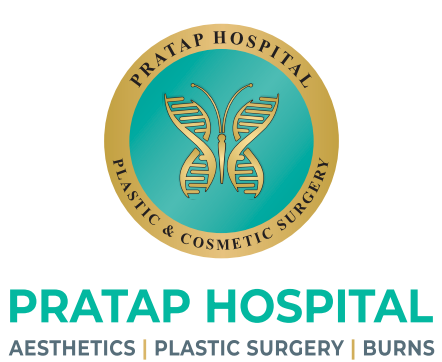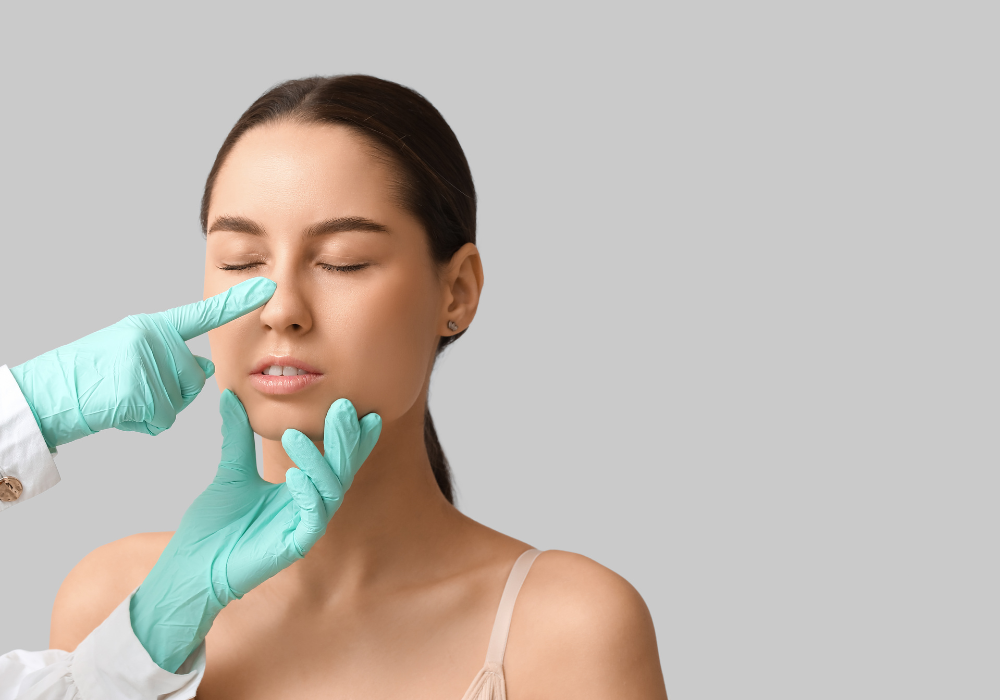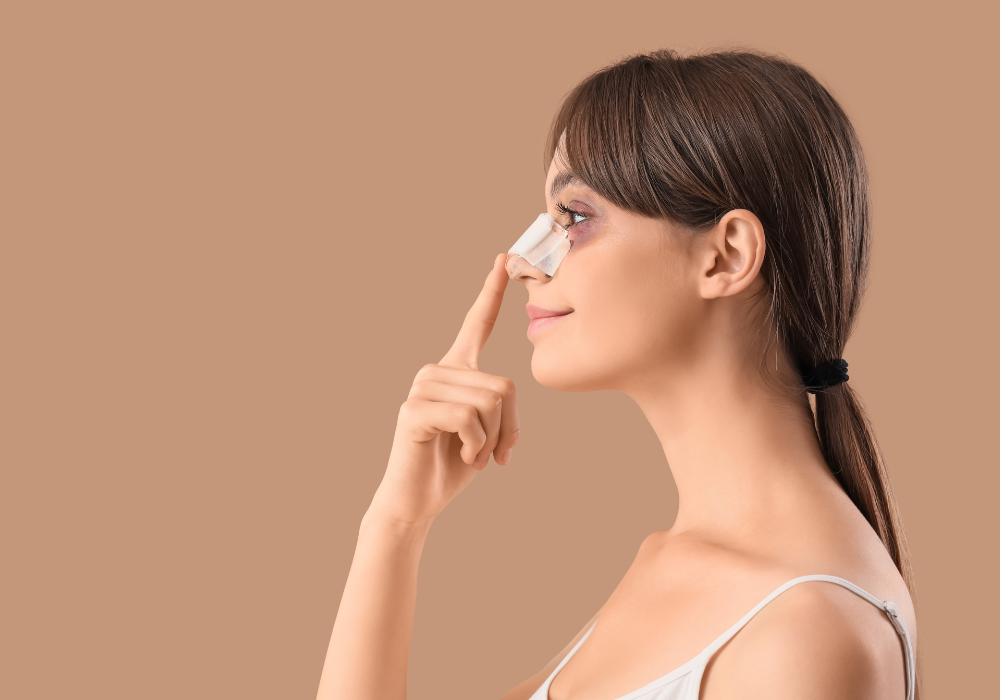
- Home
- About
- Surgical
- Non Surgical
- Burns
- Cranio-maxillofacial surgery
- Gallery
- Contact
Burn Wound Management — Advanced Healing with Compassion & Precision
At Pratap Hospital, Vijayawada
This is crafted for your website under Pratap Hospital, following your preferred section flow and including targeted SEO phrases like:
best burn wound management in Vijayawada, burn treatment in Andhra Pradesh, Dr. Pratap Duggirala burn surgeon, plastic and reconstructive burn care Vijayawada, etc.

- Overview of Burn Wound Management
- What is Burn Wound Management?
- Why People Choose Pratap Hospital for Burn Treatment
- Who is This Service For
- Surgical Techniques Used
- The Surgical Process
- Frequently Asked Queries
Burn injuries are among the most painful and complex wounds to treat — demanding immediate, specialized, and compassionate care.
At Pratap Hospital, Vijayawada, we provide comprehensive burn wound management under the leadership of Dr. Pratap Duggirala (M.S., M.Ch – Plastic & Reconstructive Surgery), a highly experienced burn and reconstructive specialist in Andhra Pradesh.
Our hospital is known as one of the best centers for burn wound management in Vijayawada, combining modern wound care technology, surgical expertise, and long-term rehabilitation to restore comfort, function, and confidence.
We Treat All Types of Burns:
| Type of Burn | Description | Common Cause |
|---|---|---|
| Thermal Burns | Caused by fire, hot liquids, or steam | Household/fire accidents |
| Chemical Burns | Due to acids, alkalis, or industrial agents | Occupational exposure |
| Electrical Burns | From electric current or lightning | Electrical accidents |
| Friction Burns | Caused by rough surfaces or high-speed trauma | Road rash, machinery injuries |
| Radiation Burns | From excessive exposure to radiation or UV | Medical or solar exposure |
🔬 Each type of burn requires a customized treatment plan — balancing infection control, wound healing, and reconstructive strategies.
Burn wound management refers to the step-by-step process of treating burn injuries to prevent infection, promote healing, and minimize scarring or deformity. It includes immediate resuscitation, wound care, surgical intervention, and rehabilitation.
At Pratap Hospital, we follow the gold-standard approach to burn management, emphasizing:
Early wound coverage to prevent infection
Preservation of viable tissue
Optimal functional and aesthetic outcome
Minimization of long-term scarring
Three Phases of Burn Management:
| Phase | Focus | Duration |
|---|---|---|
| Acute Phase | Resuscitation, pain control, infection prevention | First 48–72 hours |
| Reparative Phase | Wound healing, debridement, grafting | 1–3 weeks |
| Reconstructive Phase | Scar correction, contracture release | 3–6 months or later |
💡 Effective burn management at early stages significantly reduces deformity and improves survival and quality of life.
At Pratap Hospital, we treat every burn patient with empathy and precision. Our center is equipped with specialized burn units, sterile operation theaters, and dedicated nursing teams trained in wound management.
Why We Are Among the Best Burn Treatment Hospitals in Vijayawada
🧑⚕️ Specialist Leadership:
Headed by Dr. Pratap Duggirala, a board-certified plastic & reconstructive surgeon with extensive burn care experience.💉 Modern Treatment Modalities:
Use of biologic dressings, skin substitutes, vacuum-assisted wound closure (VAC), and PRP therapy for accelerated healing.🩹 Comprehensive Care:
From initial resuscitation to final reconstruction, we handle every stage under one roof.🧠 Multidisciplinary Team:
Includes plastic surgeons, physiotherapists, anesthesiologists, and psychologists.❤️ Patient-Centered Approach:
Emphasis on comfort, dignity, and confidence restoration.
🌟 Patients from across Andhra Pradesh trust Pratap Hospital for critical burn wound recovery and long-term functional outcomes.
Our burn wound management program is designed for:
Patients with fresh burns (thermal, chemical, electrical, or friction burns)
Those suffering from delayed healing or infection-prone wounds
Children or adults with deep partial or full-thickness burns
Individuals needing skin grafts or reconstructive intervention
Patients requiring post-burn rehabilitation and scar management
| Severity | Typical Symptoms | Recommended Treatment |
|---|---|---|
| First-degree (Superficial) | Redness, mild swelling, no blister | Topical care, dressings |
| Second-degree (Partial thickness) | Blisters, severe pain | Dressings, antibiotics, early grafting if deep |
| Third-degree (Full thickness) | Charred, leathery skin | Surgical debridement, grafting |
| Fourth-degree (Deep burns) | Damage to muscle/bone | Complex reconstructive surgery |
⚕️ Even small burns can have major implications — early specialist evaluation ensures better healing and appearance.
Pre-Surgical Evaluation & Burn Assessment
Before initiating treatment, every patient undergoes a systematic evaluation to determine the burn’s depth, extent, and associated complications.
Pre-Surgical / Pre-Treatment Assessment Includes:
Total Burn Surface Area (TBSA) Calculation using the Rule of Nines
Depth Assessment (Superficial, Partial, or Full-thickness)
Vital Signs Monitoring – especially fluid loss and infection risk
Blood Tests – CBC, electrolytes, protein levels
Nutritional Assessment – crucial for wound healing
Infection Screening – bacterial culture if needed
Pain & Psychological Evaluation
| Burn Depth | Tissue Involvement | Healing Time | Surgical Need |
|---|---|---|---|
| Superficial | Epidermis only | 5–7 days | No |
| Partial Thickness | Epidermis + part of dermis | 10–21 days | Sometimes |
| Full Thickness | Entire dermis destroyed | >21 days | Yes (grafting) |
🩺 Thorough pre-surgical evaluation ensures accurate treatment planning and safe outcomes.
🔬 Surgical Techniques Used in Burn Management
Depending on the burn’s severity and location, Dr. Pratap Duggirala and his team use evidence-based surgical interventions to achieve the best results.
| Technique | Description | Purpose |
|---|---|---|
| Escharotomy / Fasciotomy | Release of tight, burned skin | Restores blood flow and prevents compartment syndrome |
| Tangential / Fascial Excision | Removal of dead tissue layers | Prepares for grafting |
| Split-Thickness Skin Grafting (STSG) | Thin skin layer transplanted to wound | Promotes early wound closure |
| Full-Thickness Skin Graft (FTSG) | Entire dermis transplanted | Used for functional or aesthetic areas |
| Local / Regional Flaps | Tissue moved from nearby site | Covers exposed structures |
| Microvascular Free Flaps | Tissue with blood supply transferred | For deep or complex wounds |
| Negative Pressure Wound Therapy (NPWT) | Vacuum-assisted closure | Enhances granulation and healing |
| Biologic Dressings / Collagen Sheets | Bio-material wound cover | Temporary or permanent coverage |
| PRP & Laser Therapy | Non-surgical healing enhancement | Improves scar quality and healing speed |
🔧 Pratap Hospital integrates microsurgery and advanced wound healing science to minimize scarring and optimize function.
Step-by-Step Approach:
Initial Stabilization: Airway, breathing, and circulation assessment (ABCs of burn care).
Fluid Resuscitation: Based on Parkland Formula to prevent shock.
Pain & Infection Control: IV antibiotics, analgesics, sterile dressing protocols.
Wound Debridement: Removal of dead tissue under sterile conditions.
Definitive Wound Coverage: Early skin grafting or flap reconstruction.
Rehabilitation Phase: Physiotherapy, scar management, and psychological counseling.
| Timeline | Phase | Key Focus |
|---|---|---|
| 0–48 hours | Resuscitation | IV fluids, stabilization |
| 3–7 days | Wound Cleansing | Dressings, infection control |
| 7–21 days | Healing / Grafting | Surgery if required |
| 3 months onward | Reconstruction | Contracture correction, laser, PRP |
🕊️ Our evidence-based approach minimizes hospital stay, reduces scarring, and improves long-term outcomes.
🌿 Recovery & Aftercare
Recovery from burns is a gradual process that requires patience, commitment, and expert guidance.
Post-Treatment Guidelines:
Maintain clean, dry dressings as advised
Avoid self-removal of blisters or scabs
Follow nutrition plan — high protein, vitamin C, and zinc intake
Physiotherapy to prevent stiffness and contracture
Moisturize and protect new skin from sunlight
Regular follow-ups for dressing changes and scar care
| Support Type | Purpose |
|---|---|
| Physiotherapy | Restores mobility & function |
| Scar Management | Silicone gels, pressure garments, laser |
| Psychological Counseling | Reduces anxiety and improves confidence |
| Reconstructive Follow-up | Corrects residual deformities |
💬 Healing continues even after discharge — our burn rehabilitation team ensures total recovery.
Q1. What is the first thing to do after a burn injury?
Cool the area with running water for 15–20 minutes and avoid applying home remedies. Immediately seek professional medical help.
Q2. When is surgery required for burns?
Surgery is indicated for deep or full-thickness burns, infected wounds, or when skin fails to heal naturally after 3 weeks.
Q3. Will I have permanent scars after burn treatment?
Mild burns heal without scarring. Deep burns may leave marks, but modern grafting and laser scar therapy can significantly improve appearance.
Q4. How long does recovery take?
Superficial burns heal in 1–2 weeks; deeper burns may require 2–3 months with physiotherapy and scar care.
Q5. Is burn treatment expensive?
Cost depends on burn area, depth, hospital stay, and surgical requirements. Pratap Hospital offers affordable packages and complete cost transparency.
🧑⚕️ Why Choose Dr. Pratap Duggirala & Pratap Hospital
Decade-long expertise in acute burn care and reconstructive surgery
24x7 burn wound management facility in Vijayawada
Dedicated plastic surgery OT with infection control protocols
Comprehensive scar & contracture management under one roof
Hundreds of successfully treated burn cases across Andhra Pradesh
🌟 Where science meets compassion — restoring skin, strength, and self.
Book a Consultation
If you’re considering rhinoplasty for aesthetic enhancement or breathing improvement, schedule a consultation at Pratap Hospital today.
Our team will guide you through every step — from evaluation and planning to surgery and recovery — ensuring safe, effective, and natural results.
📍 Pratap Hospital — Reconstructive, Aesthetic & Microsurgery Centre
📞 Call / WhatsApp: +91 94929 69899
📧 Email: drpratapshospital@gmail.com

Before And After Results















